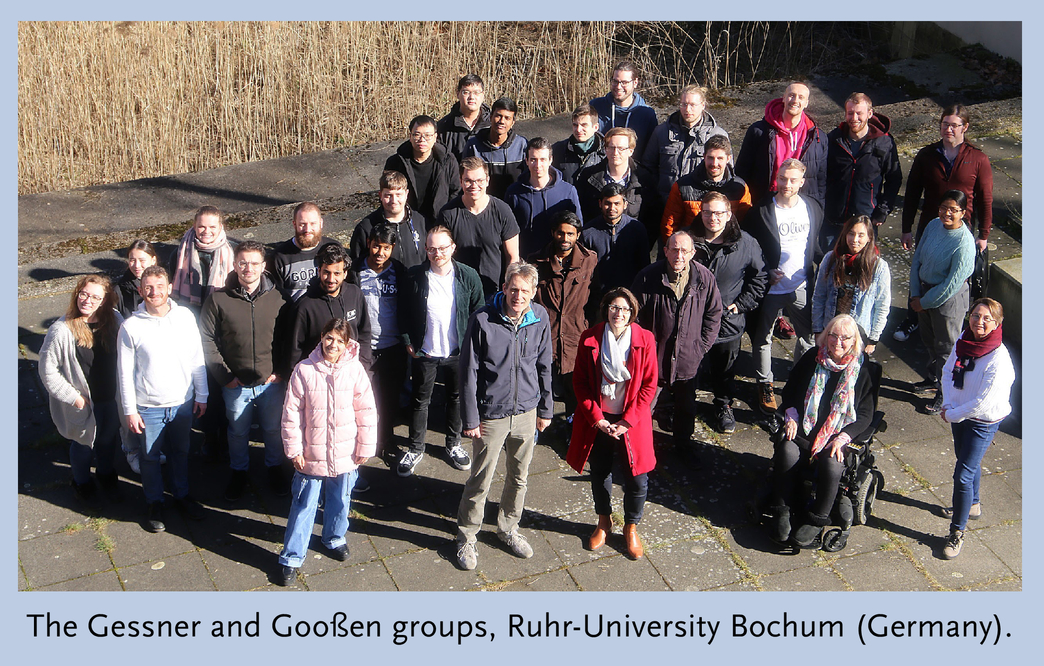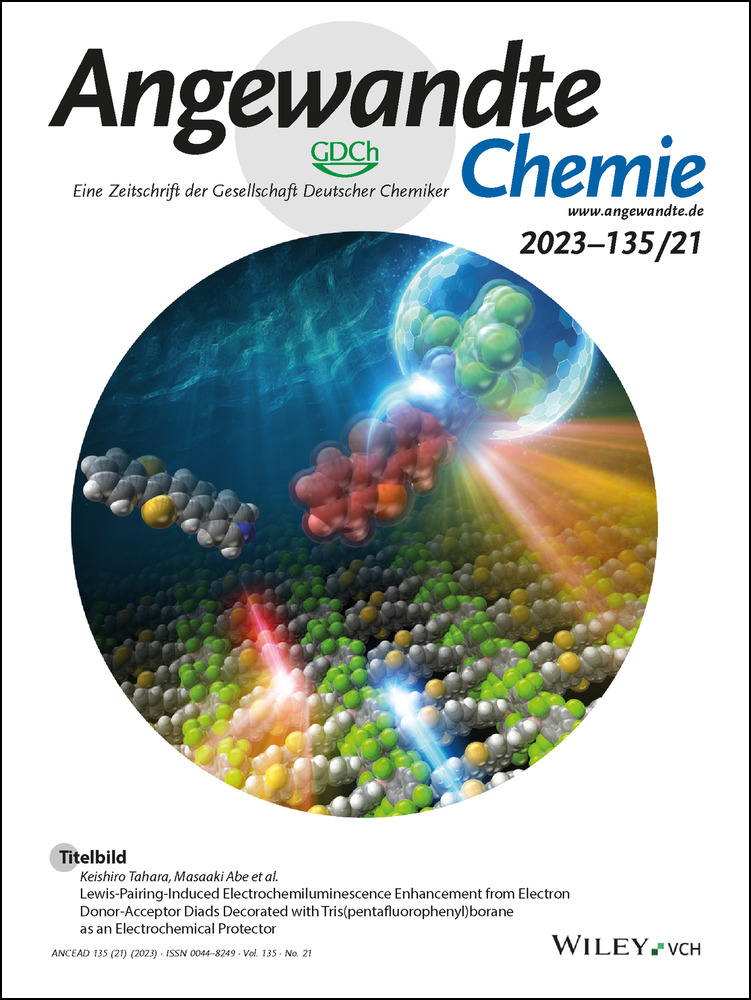A Team for Accelerating Catalyst and Reaction Development
Abstract
This invited Team Profile was created by the Gessner and Gooßen research groups at Ruhr-University Bochum (Germany). They recently published a series of articles in Angewandte Chemie on the application of ylide-substituted phosphines (YPhos) in palladium-catalyzed coupling reactions. Owing to their inherently strong sigma-donating ability and their modular synthesis, YPhos ligands can be tailored to fit the demands of various catalytic transformations. In the most recent article, machine learning methods were applied to identify a YPhos catalyst that enables the previously elusive Hiyama coupling of aryl chlorides. “Computer-Driven Development of Ylide Functionalized Phosphines for Palladium-Catalyzed Hiyama Couplings”, J. F. Goebel, J. Löffler, Z. Zeng, J. Handelmann, A. Hermann, I. Rodstein, T. Gensch, V. H. Gessner, L. J. Gooßen, Angew. Chem. Int. Ed. 2023, e202216160; Angew. Chem. 2023, e202216160.

Shared experiences bond us together …
The development of highly efficient homogeneous catalytic protocols remains a challenge in synthetic chemistry. Experience in both catalyst and reaction design is required to solve remaining limitations and to set new standards. While the expertise of the Gessner group lies in the targeted tuning of the electronic and steric properties of main group compounds and ligand systems using experimental and computational methods, the Gooßen group has long-standing experience in homogeneous catalysis and the development of synthetic methods. Being located on the same floor in the chemistry building creates an ideal environment for fast communication and exchange of ideas, experiences, and even chemicals, from which both teams and all co-workers benefit. Furthermore, the interdisciplinary collaboration is carried out under the roof of the RESOLV cluster of excellence, in which groups from various disciplines regularly meet for workshops, furthering collaborations across all fields of physics and chemistry.
Chemistry is all about interacting elements and systems …
New YPhos ligands created in the Gessner group were directly evaluated in various catalytic transformations in the Gooßen group. It soon became clear that these ligands combine a unique ability to facilitate oxidative additions with the capacity to promote transmetalations of strong but sensitive, as well as stable but unreactive nucleophiles. In this context the coupling of silicon nucleophiles was investigated in the Gooßen group. Rather than conducting trial-and-error experiments, the Gessner group applied machine learning techniques to predict ligand structures with optimal properties for this reaction. These were successfully synthesized and led to an astoundingly efficient reaction protocol.
New tools and techniques offer new perspectives …
Combining computation and experiment has proven to be a powerful approach to address complicated research questions and improve mechanistic understanding. The use of data science will certainly strengthen this approach. Inspired by the great achievements of machine learning in catalysis and other fields of chemistry in recent years, we were eager to apply this concept in our collaborative project. In contrast to previous studies, we aimed at the design of new catalysts based on data rather than on chemical intuition. Tobias Gensch, co-author of this publication and expert in machine learning in homogeneous catalysis, helped the team to tackle this task.
Kinetics, thermodynamics, entropy … luck?
Luck is an important component in research, but in many cases also a product of experience (having the instinct to digin the right direction) and diligence. However, this project is an example of a rational reaction development which was made possible by the complementary expertise of two research groups. The choice of the reaction was based on the analysis of the catalytic profile of YPhos catalysts, the optimization of the ligand structure was based on systematic investigations in combination with in silico screening. It was a pleasant surprise to see how well prediction and reality matched. Establishing a link between structural and electronic descriptors of YPhos ligands and their catalytic activity enables drawing conclusions about the molecular actions of the catalyst and the reaction mechanism. Future work on the YPhos systems in catalysis will benefit from this understanding. The short feedback loop between catalyst and method developers makes this research team so productive.
Team Profiles highlight how research groups focus their efforts and work together to achieve a common goal. Indeed, it is through the diversity of voices from all parts of the chemistry community that the excellent science published in Angewandte Chemie comes about.




